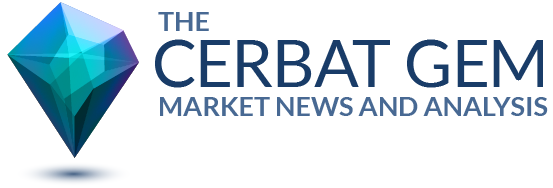There is no doubt that patients who suffer from chronic diseases—like cancer—should have a better outlook these days, as new treatments continue to make their way to market. With the advent of biopharmaceuticals, in particular, treatments for conditions that have long been difficult or complicated are suddenly more successful and this provides more offerings to patients either in the form of curing a disease or in helping to keep it at bay for a longer and more fulfilling life.
Unfortunately, though, many of these designer drugs come with a high price tag. And in a time when most people are looking to cut costs, brand-name drugs seem to be moving in the opposite directly.
And they are moving quickly.
 But while spending is up, Express Scripts Holding Co (the largest US prescription drugs benefit manager) published a report which describes that the average price of brand-name medications already on the market (so not a brand new drug released for the very first time) rose more than 16 percent last year. More alarming, though, the price for these drugs increased more than 98 percent since 2011.
But while spending is up, Express Scripts Holding Co (the largest US prescription drugs benefit manager) published a report which describes that the average price of brand-name medications already on the market (so not a brand new drug released for the very first time) rose more than 16 percent last year. More alarming, though, the price for these drugs increased more than 98 percent since 2011.
Last year, the report says, one-third of all brand name prescription drug prices increased by 20 percent. Furthermore, Express Scripts estimates that drug spending will only continue to increase by 6 to 8 percent annually between 2016 and 2018. Of course, this is going to make everything far more complicated for health insurance providers.
What is, perhaps, most important, though, Express Script’s 20th annual drug-trend report shows that, for the very first time, the drug category with the highest amount of spending was in a class of specialty medicines. More specifically drugs for inflammatory conditions like psoriasis and rheumatoid arthritis seem to have demonstrated the biggest jump. Overall, this increase was 17.8 percent
